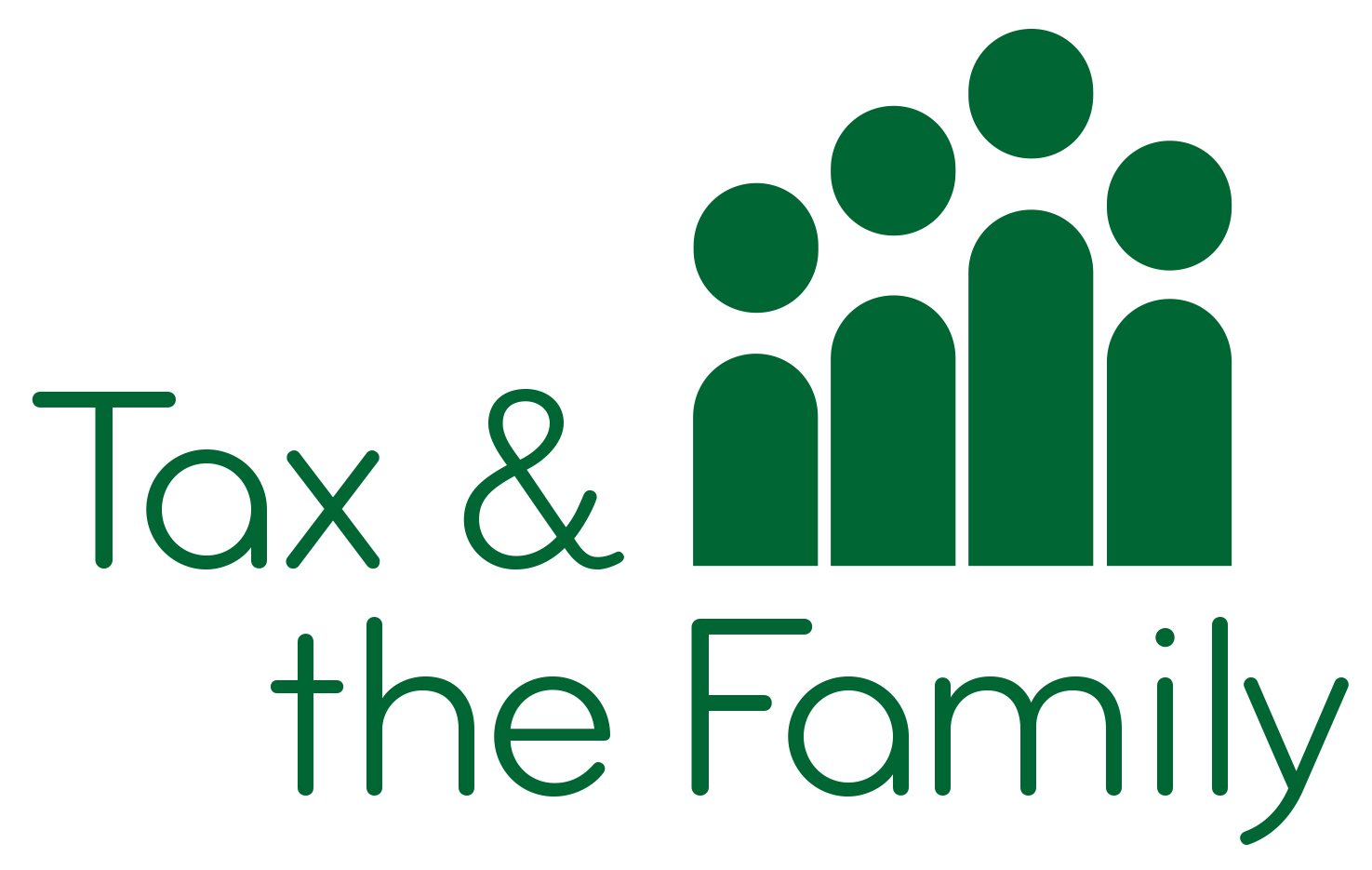New Tax Model Tables
New tables developed by Tax and the Family enable people who do not have access to Government resources to see the impact of tax and benefits on family finances. This important new resource will enable us all to have an more informed debate about tax and benefit polices. Too often politicians have been able to get away with misleading simplifications, which have sometimes made family finances worse rather than better. In the past this has been difficult to work out the impact of tax and benefit changes because different rules apply to income tax, national insurance, in-work benefits which in the case of universal credit and housing benefit are based on household net of tax incomes. A reduction in income tax will result, for example, in a reduction in a family’s in-work benefits. All too often politicians and commentators have looked at tax and benefits separately whereas what matters to a family is the net effect on their family finances. With this new resource politicians will have no excuse for not knowing the likely effect of their polices on ordinary families.
The tables also show effective marginal rates - the amount a family will actually benefit from an increase in their earnings. Many ordinary families will be shocked to discover that the Government takes back 70% of any new income they receive. The tables also show how little a family might gain from a non-earner going back to paid work. The tables also show the net effect taxes on income and benefit entitlement have on household budgets after housing costs are taken into account and how well off a family is compared to the rest of the population. Low earnings do not necessarily mean that a family is poor and high earnings do not necessarily mean that the family is well off. Much will depend on their circumstances. Policy makers need to realise this. Tax and the Family are making the tables available to anyone who wants to use them.
To ask for a copy of the tables email to info@taxandthefamily.org.
Use the link below to see a read only version of the tables for 2021/22. They have been revised to take account of the universal credit changes which came into force in November 2021.
